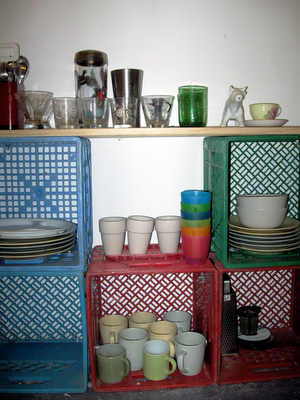Making the TTC map classy

Labels: design, organization, toronto, transit, urbanism
ideas, household hacks, projects, things.

Labels: design, organization, toronto, transit, urbanism


Labels: "art", clever ideas, design, education, fun, media, organization, projects


Labels: "art", clever ideas, design, education, fun, media, organization, projects
Labels: analysis, awesome, clever ideas, design, not good enough, ocs, open source, organization, projects, textile

Labels: awesome, clever ideas, creativity, design, food, house hack, organization, usability

Labels: awesome, clever ideas, design, fun, house hack, organization, recycling
Labels: analysis, commerce, creativity, education, internet, organization, problems
Labels: analysis, clever ideas, not good enough, organization, problems, usability
Labels: analysis, creativity, education, organization

Labels: "art", montreal, organization, urbanism
Labels: analysis, good enough, organization, stupid-smart, transit
 Building an Open Colour Standard
Building an Open Colour StandardLabels: design, ocs, organization, projects
Labels: awesome, clever ideas, design, house hack, lazy, organization, recycling
Labels: awesome, clever ideas, creativity, organization, projects
Labels: analysis, clever ideas, commerce, design, food, marketing, not good enough, organization, problems, solutions, trouble, usability

Labels: awesome, clever ideas, creativity, design, internet, marketing, media, oci, organization, projects
Labels: analysis, awesome, clever ideas, creativity, education, not good enough, organization, perfection, problems, solutions
Labels: awesome, clever ideas, commerce, creativity, fun, internet, language, lazy, media, organization, reasonably clever ideas, stupid-smart, zines
Labels: analysis, good enough, organization, problems, reasonably clever ideas, trouble
Labels: awesome, clever ideas, creativity, footnote, internet, not good enough, organization, problems, solutions

Labels: "art", awesome, clever ideas, design, lazy, organization, projects, usability

Labels: clever ideas, commerce, design, media, organization, projects

Labels: clever ideas, design, education, food, fun, good enough, lazy, organization, problems, solutions
Labels: anachronism, analysis, commerce, organization
Labels: analysis, clever ideas, internet, organization, solutions
Labels: clever ideas, commerce, internet, marketing, organization, problems, projects, solutions
Labels: footnote, funny, government, media, organization, solutions, tv
Labels: analysis, cbc, internet, marketing, media, organization, usability
Labels: analysis, clever ideas, film, internet, media, organization, problems, projects, tv
Labels: commerce, funny, language, marketing, not good enough, organization, problems, usability
Labels: analysis, clever ideas, commerce, design, footnote, organization
Labels: analysis, clever ideas, education, not good enough, organization, problems, solutions
Labels: analysis, clever ideas, fun, language, organization, problems, projects, solutions
Labels: analysis, footnote, language, organization, problems
Labels: analysis, clever ideas, copyright, internet, media, organization, problems, solutions, tv, usability
Labels: clever ideas, commerce, design, organization, problems, solutions
Labels: analysis, clever ideas, design, media, organization, projects
Labels: footnote, organization, whiteboard
Labels: clever ideas, design, organization, projects, solutions
Labels: analysis, good enough, organization, perfection, problems, whiteboard